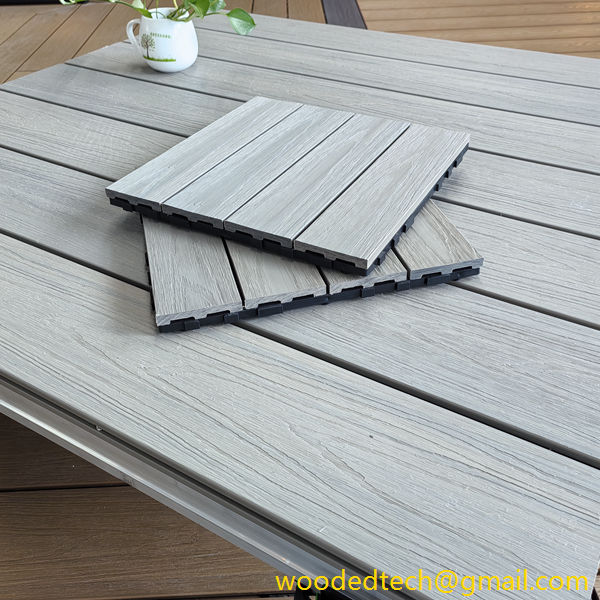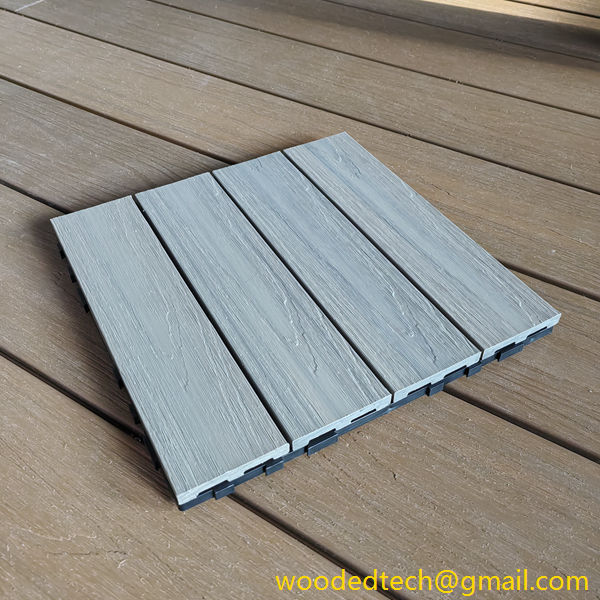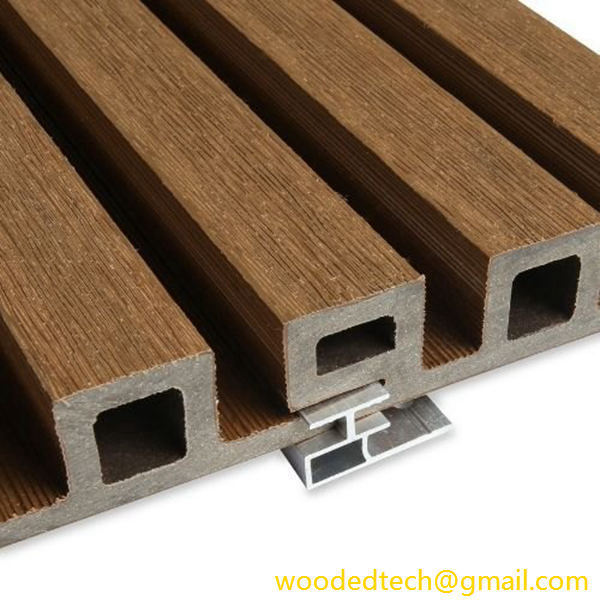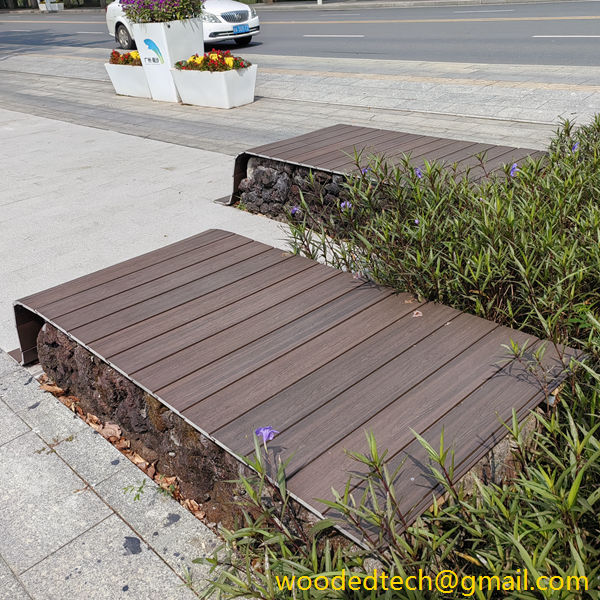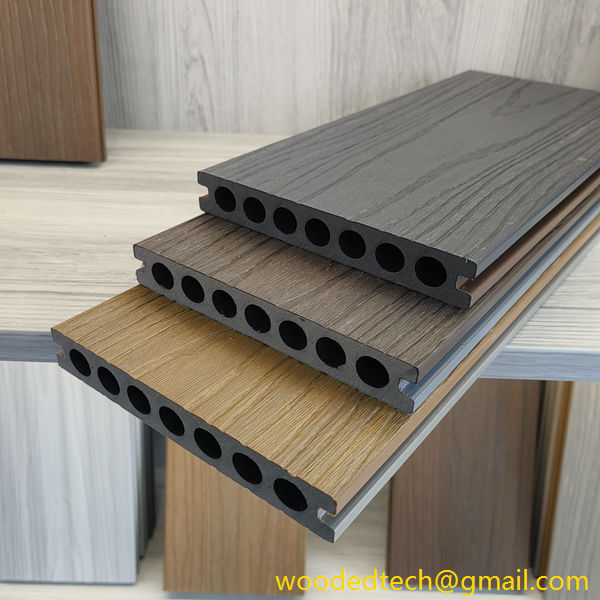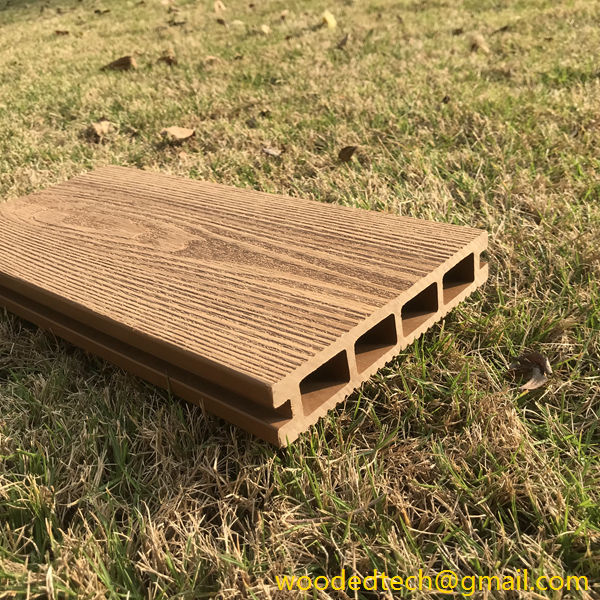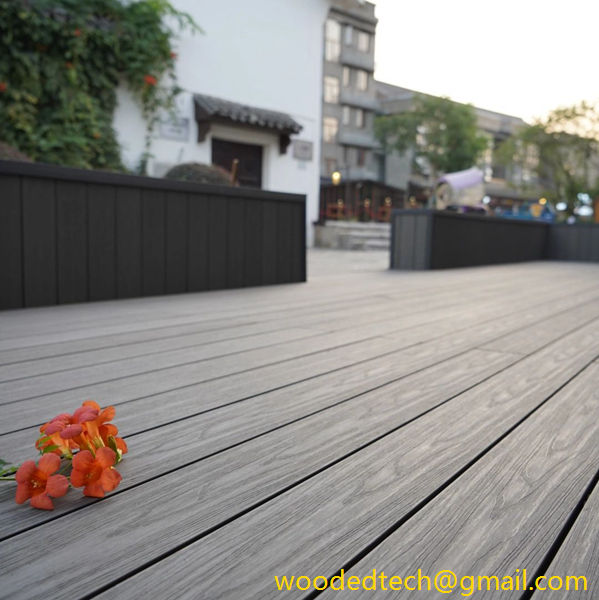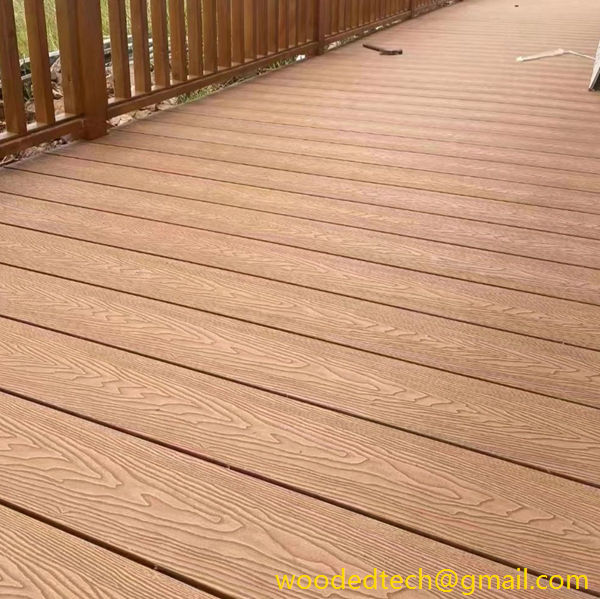Features of Outdoor Composite Deck Tiles for Easy Installation
Features of Outdoor Composite Deck Tiles for Easy Installation Outdoor composite deck tiles have emerged as a popular choice for homeowners and builders alike, thanks to their aesthetic appeal, durability, and the ease with which they can be installed. These tiles are designed to mimic the look of traditional wood decking while providing superior performance…
Features of Outdoor Composite Deck Tiles for Easy Installation
Outdoor composite deck tiles have emerged as a popular choice for homeowners and builders alike, thanks to their aesthetic appeal, durability, and the ease with which they can be installed. These tiles are designed to mimic the look of traditional wood decking while providing superior performance in terms of weather resistance and longevity. In this article, we will explore the features of outdoor composite deck tiles, focusing on their material production technology and how these features facilitate easy installation.
One of the primary materials used in the production of outdoor composite deck tiles is a blend of recycled wood fibers and high-density polyethylene (HDPE). This combination results in a product that offers the natural appearance of wood while benefiting from the inherent durability of plastic. The manufacturing process involves mixing these two materials under high heat and pressure, which creates a homogenous mixture that can be shaped into tiles of various designs and sizes. This innovative approach not only contributes to environmental sustainability by using recycled materials but also enhances the structural integrity of the tiles.
One of the standout features of outdoor composite deck tiles is their interlocking design. Many tiles are manufactured with a unique snap-together mechanism that allows them to be easily connected without the need for additional adhesives or fasteners. This feature significantly reduces installation time and simplifies the process for homeowners or contractors. The interlocking design ensures that the tiles fit snugly together, creating a seamless surface that is both visually appealing and functional. This design also minimizes the risk of water accumulation between the tiles, which can be a common issue with traditional decking materials.
Another important feature of outdoor composite deck tiles is their lightweight nature. Compared to traditional wood decking materials, composite tiles are considerably lighter, making them easier to handle and install. The reduced weight also means that they can be installed over existing surfaces without the need for extensive substructure modifications. This flexibility allows homeowners to transform patios, balconies, and other outdoor spaces quickly and efficiently, often in just a single weekend. Moreover, the lightweight characteristics of these tiles make them easier to transport, further streamlining the installation process.
Durability is a critical factor when choosing outdoor materials, and composite deck tiles excel in this regard. Unlike traditional wood, which can warp, crack, or splinter over time, composite tiles are engineered to withstand harsh weather conditions, including UV rays, moisture, and temperature fluctuations. This resilience means that homeowners can enjoy their outdoor spaces without worrying about the frequent maintenance that natural wood typically requires. In fact, composite deck tiles are often resistant to fading, staining, and mold, allowing for a long-lasting aesthetic appeal with minimal upkeep.
The surface of outdoor composite deck tiles is designed with slip-resistance in mind, an essential feature for any outdoor flooring material. Many manufacturers incorporate textured finishes to enhance traction, reducing the risk of slips and falls, especially in wet conditions. This safety feature is particularly important for families with children or elderly individuals who may be more susceptible to accidents. The slip-resistant quality of these tiles adds another layer of assurance for homeowners, allowing them to enjoy their outdoor spaces safely.
Installation versatility is another significant advantage of outdoor composite deck tiles. They can be placed on a variety of surfaces, including concrete, gravel, or even grass, depending on the design and intended use. This adaptability means that homeowners can create personalized outdoor spaces without the need for extensive groundwork. Additionally, composite deck tiles can be easily cut to fit unique configurations, ensuring a custom fit for any area. This feature is particularly beneficial for those looking to create intricate designs or patterns with their decking.
Maintenance is often a concern for outdoor materials, but composite deck tiles require minimal upkeep. Unlike wood, which may need regular sealing or staining, composite tiles can typically be cleaned with just soap and water. This ease of maintenance is appealing to homeowners who wish to spend more time enjoying their outdoor spaces rather than performing routine upkeep. The resistance to mold and mildew also means that these tiles remain hygienic and visually appealing over time.
In conclusion, outdoor composite deck tiles offer a range of features that make them an attractive option for easy installation and long-term performance. Their innovative material production technology combines recycled wood fibers with high-density polyethylene, resulting in a durable and aesthetically pleasing product. The interlocking design, lightweight nature, and slip-resistant surfaces all contribute to a user-friendly installation process, while the low maintenance requirements ensure that homeowners can enjoy their outdoor spaces with minimal effort. As the demand for sustainable and versatile outdoor solutions continues to grow, composite deck tiles are poised to remain a popular choice among homeowners and builders alike.

